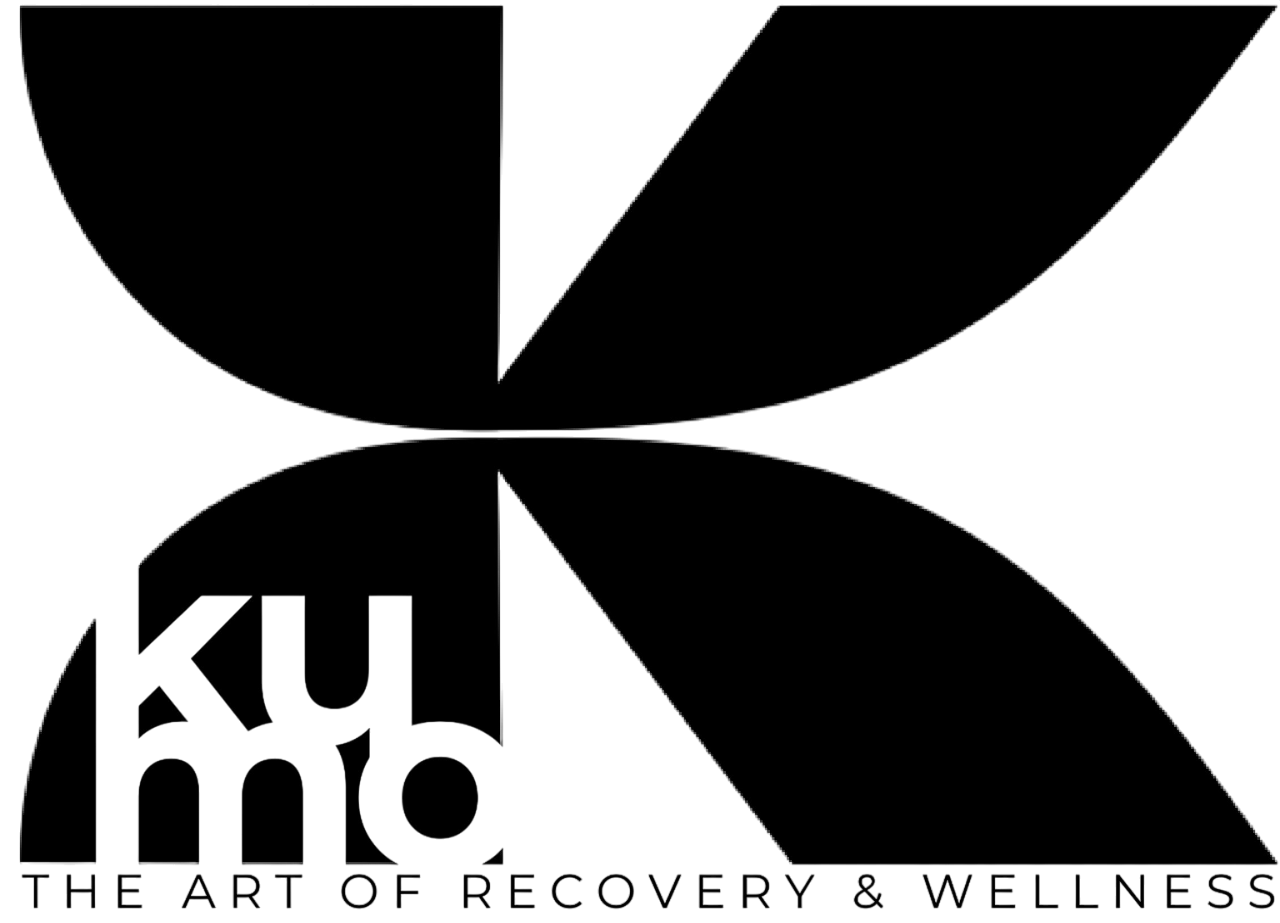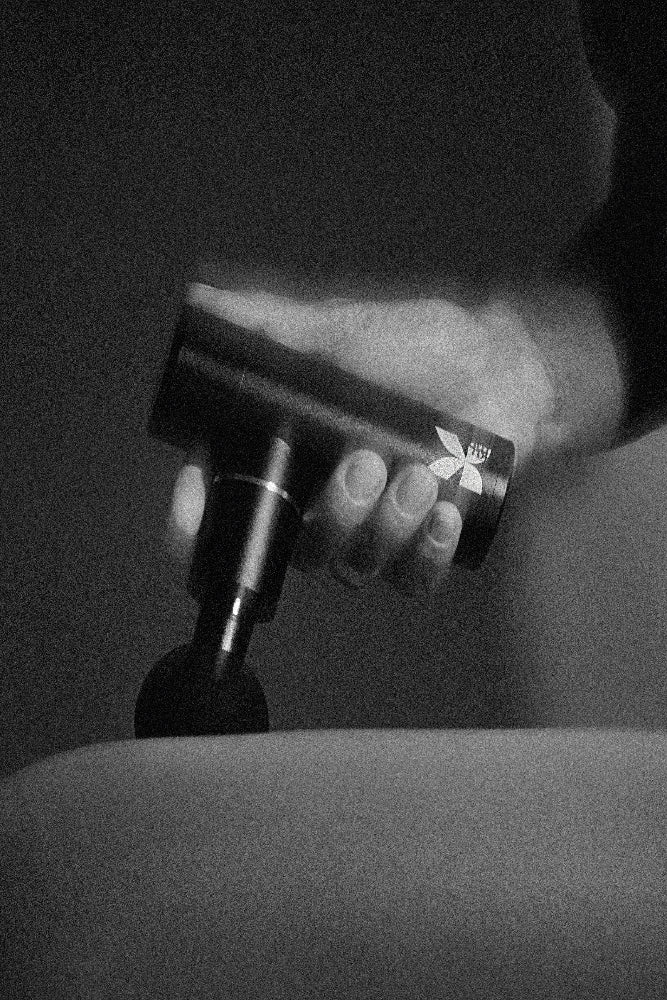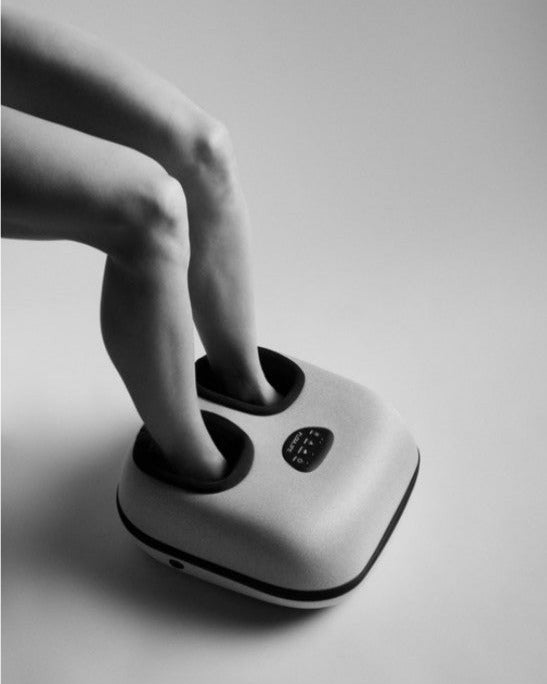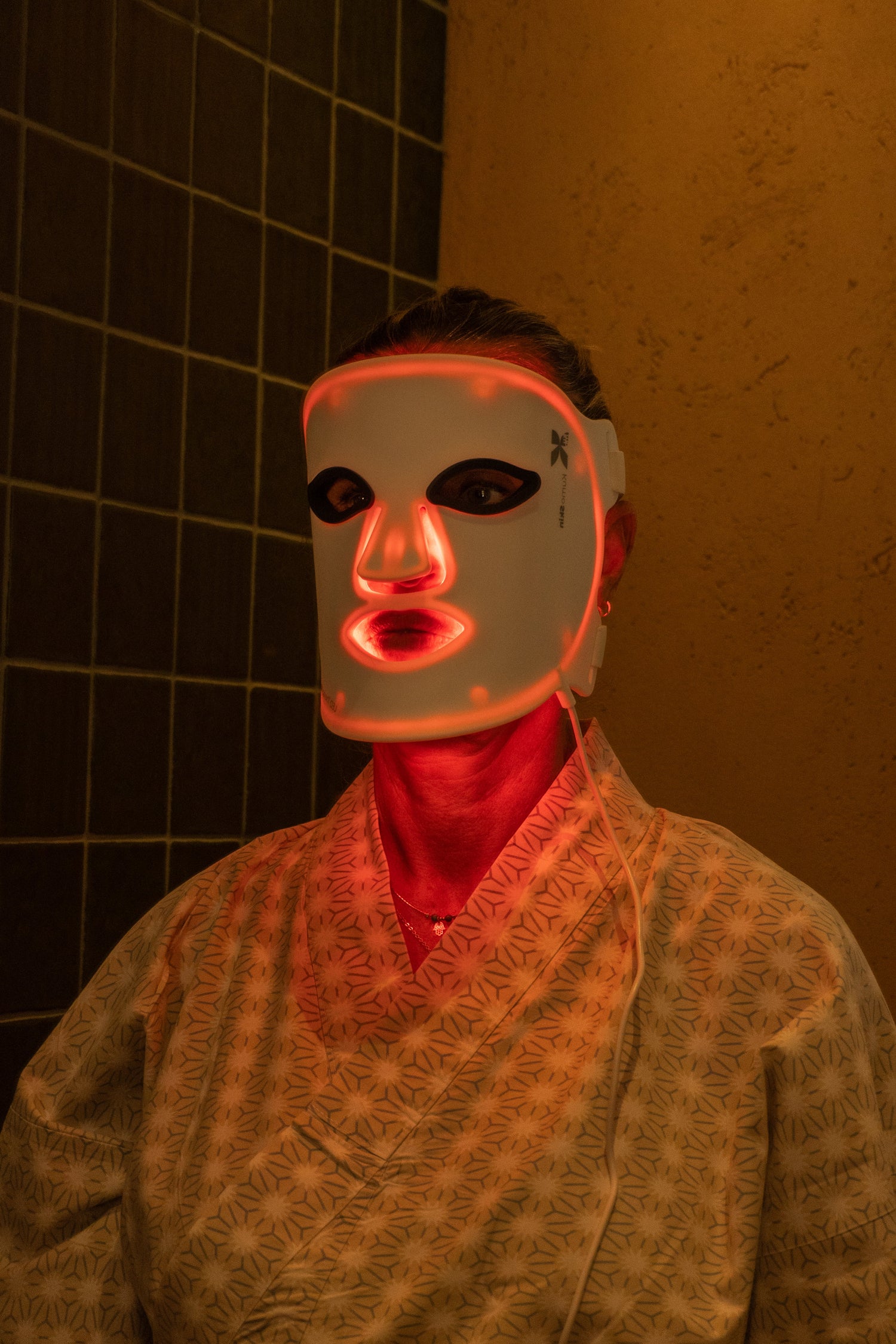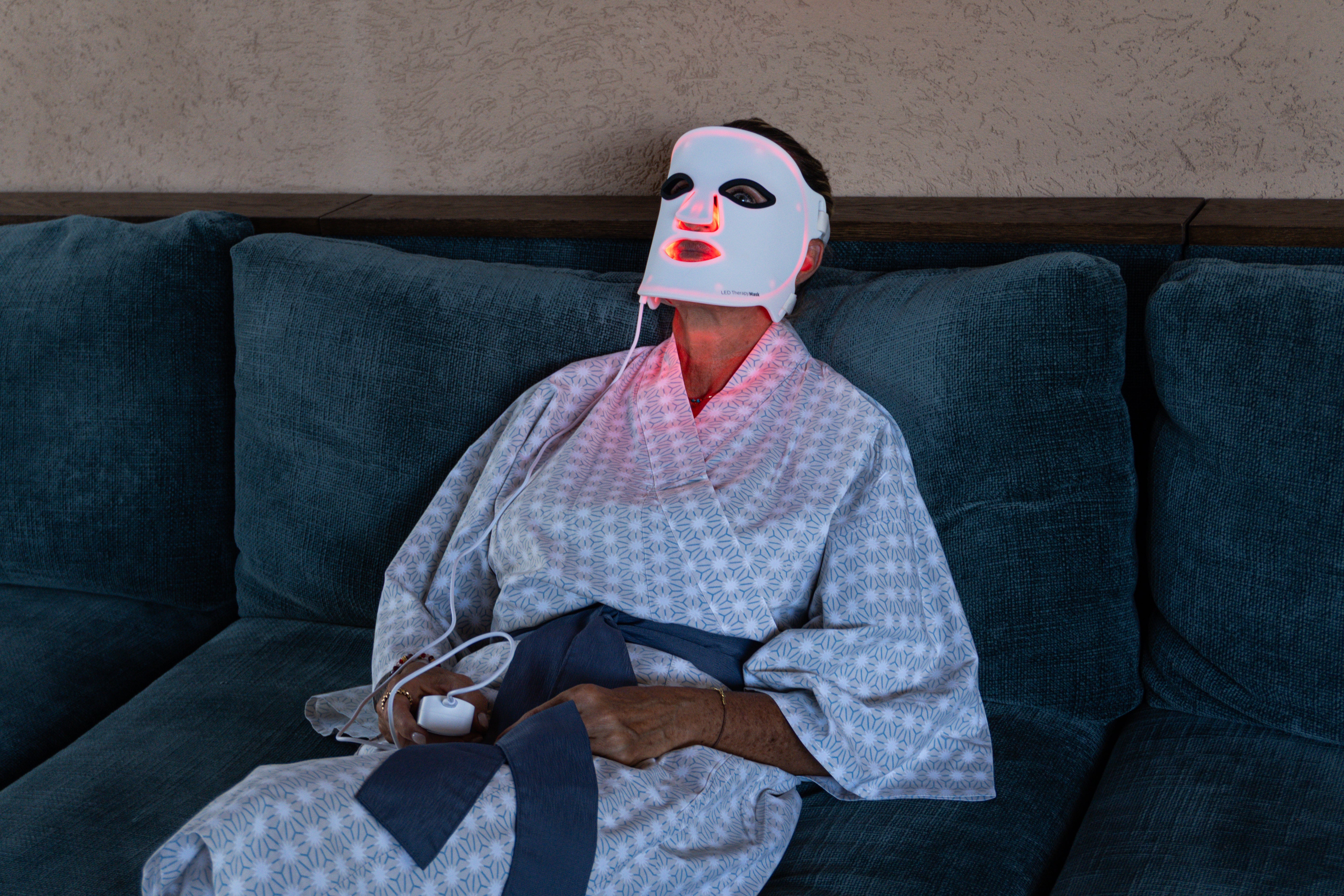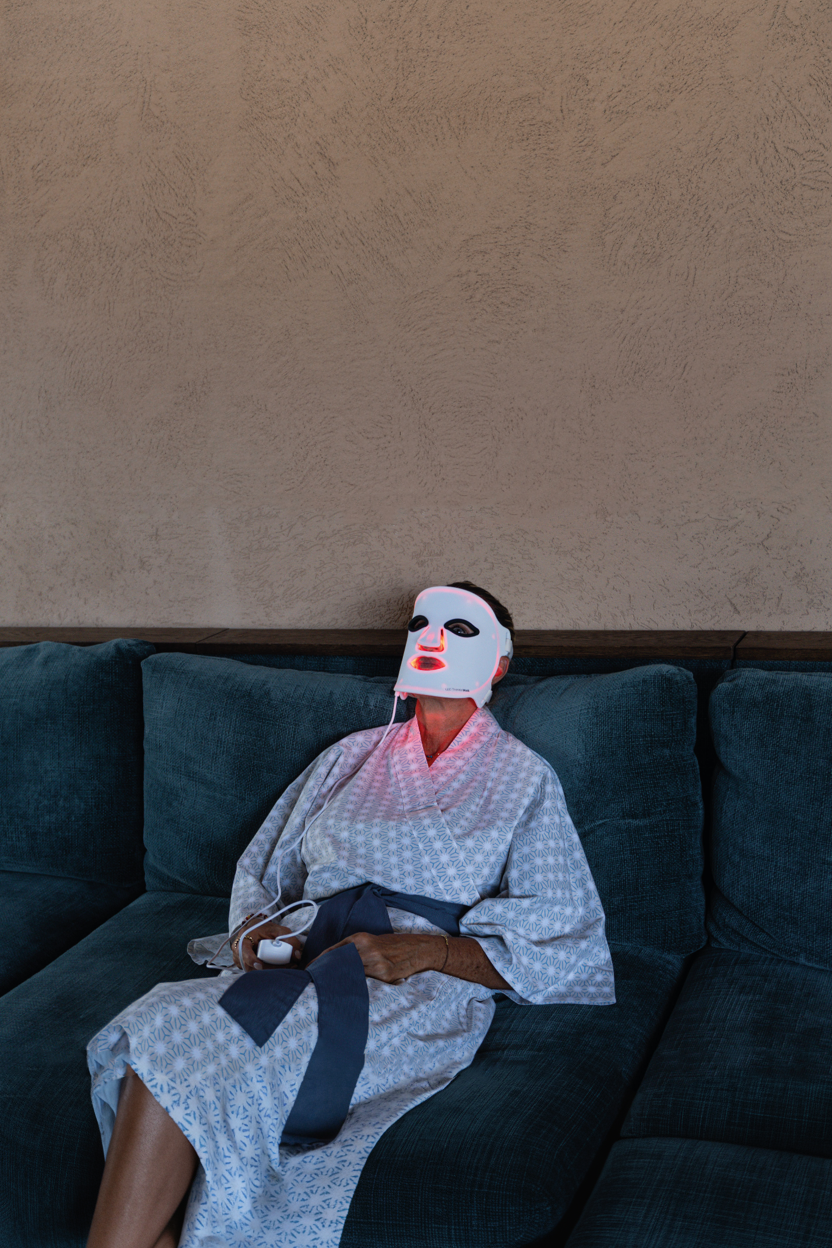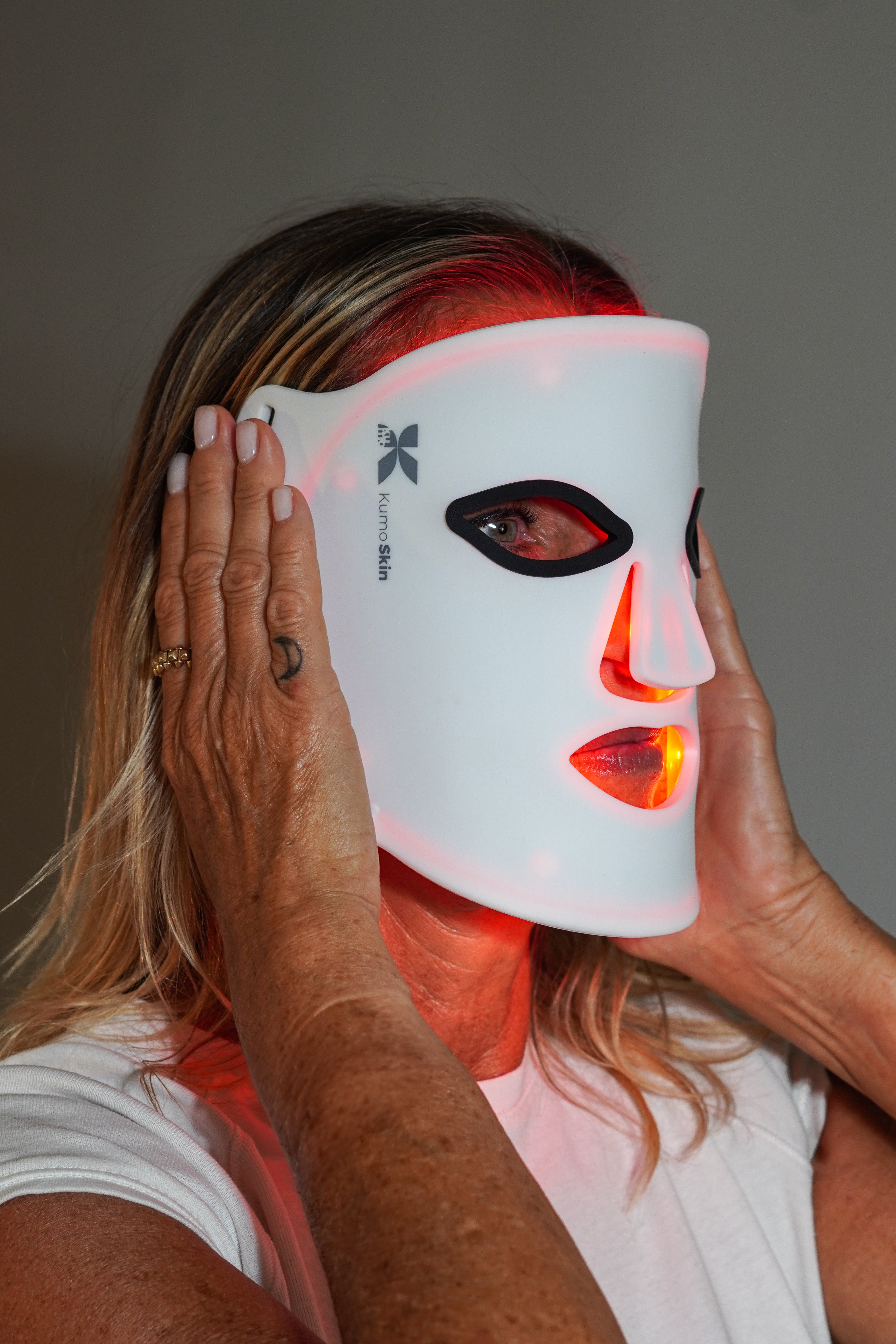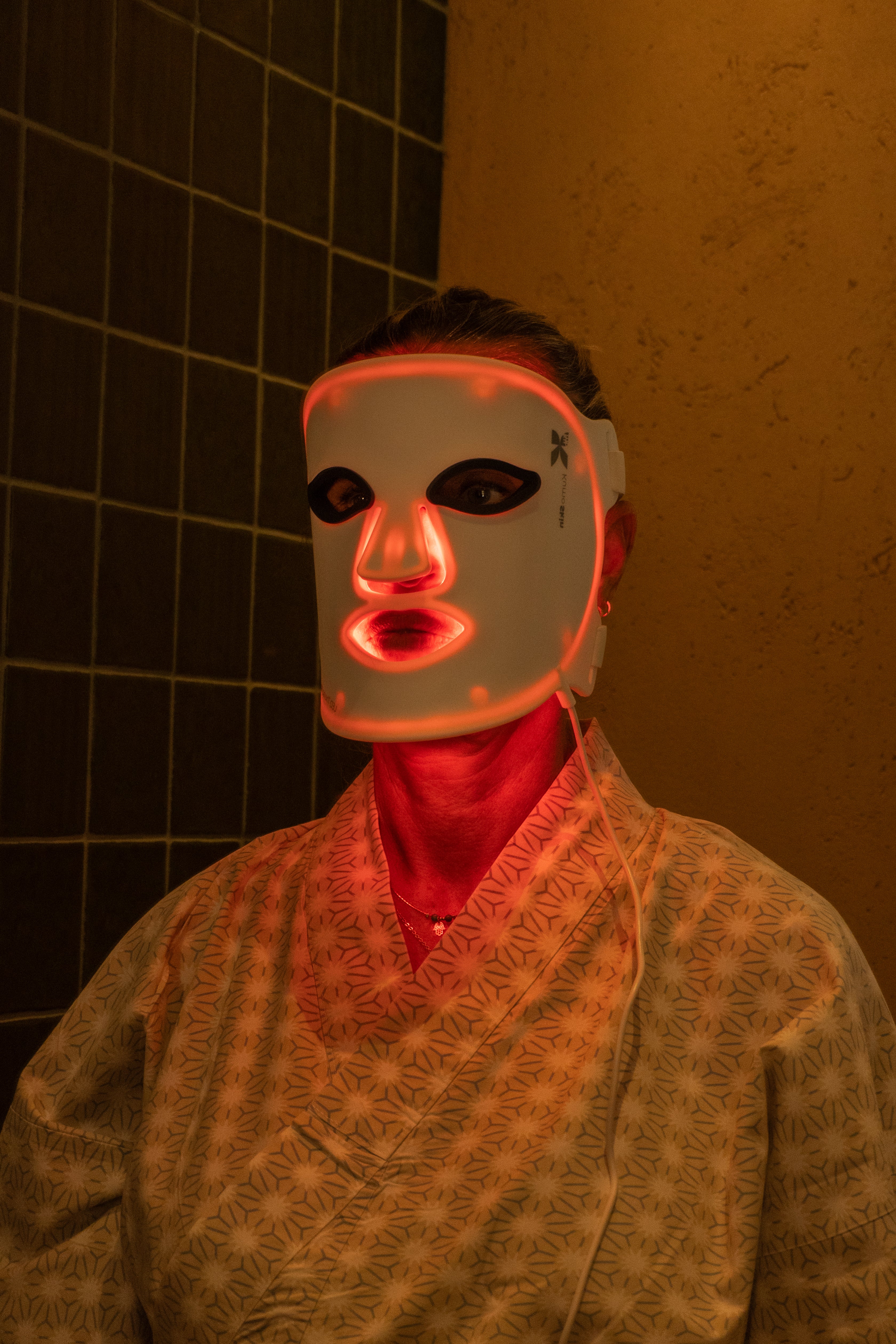Red light therapy: safe when done right. This guide clearly explains its real risks, contraindications, and best practices for using it with confidence at home or in the office.
Coming soon
- Photobiomodulation does not use UV radiation; when properly dosed, it is generally safe for skin and muscles.
- Main precautions: eyes, pregnancy, photosensitivity, epilepsy and active cancer.
- Avoid looking directly into the light; wear glasses and respect your time and distance.
- If you are taking photosensitizing drugs or have a photosensitive disease, consult first.
- Start with short sessions, monitor your skin, and adjust the frequency.
How it works and why its safety depends on the dose
Red and near-infrared light therapy stimulates cellular processes through photobiomodulation: wavelengths around 630–660 nm (red) and 800–860 nm (NIR) interact with mitochondria to promote energy production and modulate inflammation. It does not emit ultraviolet radiation, so it does not tan or burn like the sun.
Whether it's safe depends on the total dose (time x intensity x distance). Excessive exposure can cause skin irritation or headaches, while adequate doses are well tolerated by most people. For a balanced clinical review of benefits and risks, see this summary from the Cleveland Clinic and the critical analysis from Harvard Health.
Safety: What is reasonable and what to avoid
Eyes and eye exposure
The eyes are sensitive to intense light sources. Avoid looking directly at LEDs or panels, especially at close range. Wear protective eyewear if treating areas near the eyes and limit indirect exposure. Red light can be used around the eyes with proper protocols and protection, but do not point it at the eyeball.
- Warning signs: glare, eye pain, blurred vision, or headache after the session.
- If you have eye disease, consult your ophthalmologist before starting.
Skin: Common Reactions and How to Minimize Them
Most users tolerate red light well. Possible transient reactions include mild redness, dryness, or a localized heat sensation. Test on a small area the first time and gradually increase the time if there is no reaction.
- Hydration after the session can improve comfort.
- Avoid combining immediately with strong exfoliating acids or retinoids until you know your tolerance.
Dose, distance and time
Always follow the manufacturer's guidelines. Distance from the device and time determine the energy delivered (J/cm²). Closer and longer are not always better.
Rule of thumb: Start with shorter sessions, 3–4 times per week, assess your skin's response, and adjust. If you notice irritation, reduce the time or increase the distance.
Hygiene and quality equipment
Choose devices with certifications, quality control, and adequate heat dissipation. Avoid products without clear information on wavelengths or power. Explore equipment designed for safe home use in KUMO's LED therapy section.
Contraindications and precautions
Although red light therapy is generally safe, there are cases where you should take extreme caution or avoid it.
| Situation | Recommendation | Main reason |
|---|---|---|
| Pregnancy or breastfeeding | Consult beforehand | Limited evidence in these populations |
| Photosensitizing medication | Evaluate with the doctor | Increased risk of skin reaction |
| Active cancer or suspicious lesions | Avoid over the area | Caution until oncological evaluation |
| Photosensitive epilepsy/light migraine | Avoid flickering; consult | Possible trigger by flicker |
| Photosensitive diseases (e.g., porphyria) | Contraindicated unless medically approved | Risk of exacerbation |
Medications and photosensitive disorders
Some medications (e.g., certain antibiotics, diuretics, St. John's wort) can increase light sensitivity. Although the red band is not UV, any intense light source can trigger reactions in photosensitive people. Check if your medication causes photosensitivity and consult your doctor. The Cleveland Clinic explains the basics of photosensitivity.
Pregnancy and breastfeeding
Data on red light during pregnancy and breastfeeding are limited. As a precaution, avoid treatments on the abdomen or chest and consult your obstetrician if you consider using it for lower back pain or skin care.
Active cancer, lesions, and thyroid
Avoid applying light directly to active tumors or lesions of unknown etiology without medical advice. Avoid prolonged exposure to the thyroid gland, unless specifically indicated, as a precaution. For recent scars, wait for your surgeon's approval.
Epilepsy, migraines and light sensitivity
If you have photosensitive epilepsy or light-triggered migraines, opt for devices with imperceptible flicker and low luminance, and consult with a doctor beforehand. Discontinue use if neurological symptoms appear.
Who can benefit (and when it shouldn't)
Red light is used for muscle recovery, skin health (acne, marks, radiance), and general well-being. For acne, the American Academy of Dermatology describes light therapy as a complementary option. For muscle discomfort, it can be combined with mobility routines and massage tools.
- If you're looking to optimize recovery and rest, explore the devices in the LED therapy section and complement them with KUMO recovery habits.
- For circulation and tired legs, pressotherapy can be an alternative or complement.
- For knots and trigger points, a KUMOPulse Air massage gun can help between sessions.
It is not recommended for the aforementioned contraindications, nor for irritated skin, open wounds that are not covered, or active infections without medical supervision.
How to use it safely at home
Recommended steps
- Consult contraindications and, if applicable, consult your doctor.
- Cleanse your skin and remove makeup or photosensitizing creams.
- Wear safety glasses if working near eyes; position the device at the specified distance.
- Start with short sessions; use a timer to avoid overdoing it.
- Record how your skin/muscles respond and adjust the weekly frequency.
Frequency and progress
Consistency matters more than long sessions. After 2–4 consistent weeks, changes in skin texture or muscle comfort are usually noticeable. If you don't see any improvement after this period, review your protocol or seek professional advice through our contact page .
Frequently Asked Questions
Can red light damage my eyes if I use it daily?
Looking directly at an intense source can cause glare, dry eyes, or headaches. Safe practice is to avoid direct exposure to the eyeball, wear glasses when treating the periocular area, and maintain the recommended distance. If you have eye conditions, consult an ophthalmologist before beginning. If you experience symptoms such as eye pain or blurred vision, discontinue and seek evaluation. For an overview of risks and best practices, review the Harvard Health article.
Is it safe for acne, rosacea, or sensitive skin?
For acne, light therapy can be a supervised complement, as explained by the AAD. For rosacea or highly reactive skin, start with shorter, low-intensity sessions, as the local heat can cause irritation. Avoid immediately combining with harsh exfoliants or retinoids until you know your tolerance. If worsening occurs, reduce the dose or discontinue use and consult a dermatologist.
How often can it be used?
Short, regular sessions (for example, several times a week) are better than long exposures. Adjust based on response: if you notice persistent redness or discomfort, reduce the time or increase the distance. The total energy delivered (dose) is the variable that most influences safety and results, so following the manufacturer's instructions is key. Consistency for 2–4 weeks helps to realistically assess benefits.
Is it compatible with pregnancy, breastfeeding or recent surgeries?
During pregnancy and breastfeeding, there is little specific evidence, so caution and prior medical consultation are recommended. After surgery or cosmetic procedures, wait for authorization from your surgeon or dermatologist before using red light on the treated area. For open wounds or active infections, avoid using it until they are controlled. If you have any questions, please contact us through the contact page.
Does red light affect sleep if I use it at night?
Unlike bright blue light, red light has a lesser impact on circadian rhythms and is generally well tolerated later in the day. Still, avoid very intense exposure just before bed if you notice discomfort from activation or heat. Keep your sessions moderate and observe your response: if you sleep worse, reschedule them earlier in the day. The Cleveland Clinic offers a review of uses and general guidelines.
To remember
- Red light therapy is generally safe if you respect the dosage, distance, and timing.
- Avoid direct eye exposure and exercise extreme caution during pregnancy, photosensitivity, epilepsy, and active cancer.
- Start small, monitor your skin, and adjust the frequency; consistency beats long sessions.
- Use equipment with clear specifications and certifications; be wary of devices without technical data.
- Ready to integrate light recovery into your routine? Discover our solutions at KUMO or start with LED therapy . Contact us with any questions.
